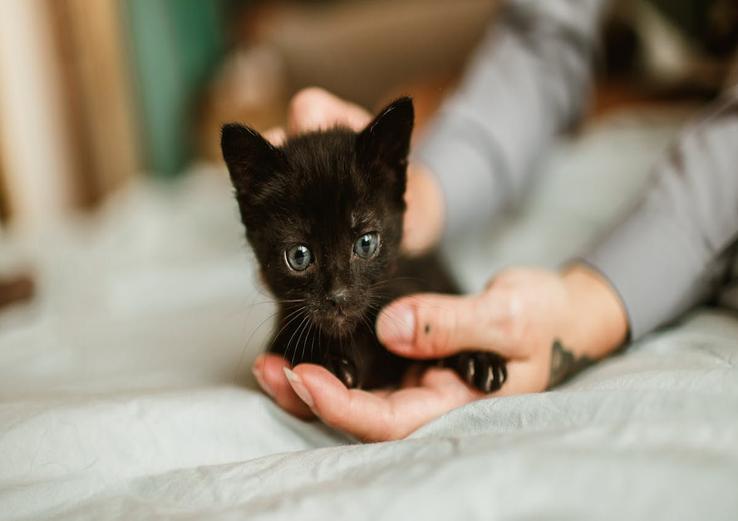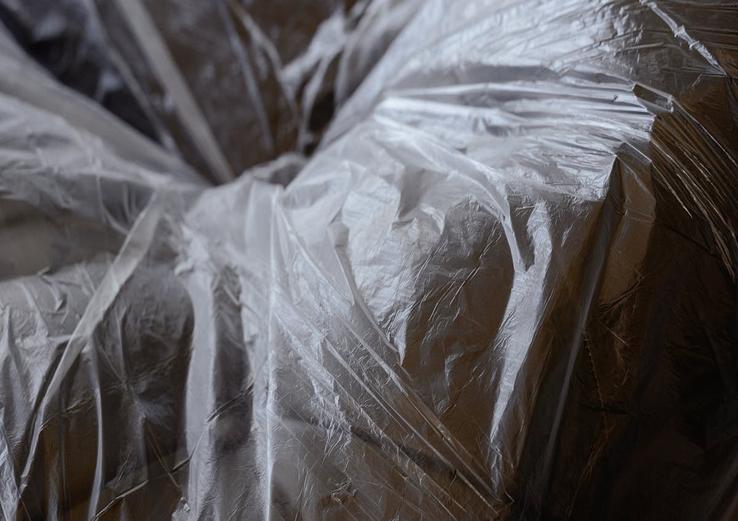Introduction to Making Your Home Safe for a New Kitten
Welcoming a new kitten into your home can be a thrilling experience, but it’s essential to ensure your home is safe and secure for your little ball of fur. According to PetMD, over 10,000 pets are poisoned each year due to common household items, highlighting the importance of making your home safe for a new kitten. Electrical cords, toxic substances, and small objects that can be swallowed are just a few hazards that can put your kitten’s life at risk. By taking the necessary precautions, you can create a safe and happy environment for your new kitten to grow and thrive. As a responsible pet owner, it’s crucial to take the time to make your home safe for a new kitten and prevent any potential harm.

Preparing Your Home for a New Kitten
Before bringing your new kitten home, it’s essential to prepare your space to ensure it’s safe and secure. Here’s a step-by-step guide to help you get started:
– Secure toxic substances: Keep cleaning supplies, medications, and other hazardous materials out of reach of your kitten.
– Move breakable items: Remove any fragile or valuable items that could be broken or damaged by your kitten’s playful pounces.
– Set up a safe space: Create a cozy and comfortable area for your kitten to rest, eat, and play, such as a “kitten zone” in your home.
The ASPCA recommends using non-toxic cleaning products and creating a kitten-friendly environment to ensure your home is safe for your new furry friend. By following these simple steps, you can create a happy and healthy home for your kitten.
Common Household Hazards for Kittens
Kittens are naturally curious, and their inquisitive nature can often lead them to explore and investigate their surroundings. However, this curiosity can also put them at risk of encountering common household hazards. Some of the most common hazards include:
– Electrical cords: Kittens love to chew, and electrical cords can be a tempting target. Keep cords out of reach, and consider using cord protectors to prevent damage.
– Toxic plants: Certain plants, such as lilies and snakes, are toxic to kittens. Remove any toxic plants from your home, and keep an eye on your kitten when they’re exploring the outdoors.
– Small objects: Kittens love to play with small objects, but these can easily be swallowed and cause harm. Keep small items, such as coins, buttons, and beads, out of reach of your kitten.
The Humane Society provides guidelines on kitten-proofing your home, including securing toxic substances, moving breakable items, and setting up a safe space for your kitten. By being aware of these common hazards, you can take the necessary steps to prevent any harm and ensure your kitten’s safety.

Creating a Safe Outdoor Space for Your Kitten
While kittens are typically indoor animals, it’s essential to provide them with a safe and secure outdoor space to explore and play. Here are some tips to help you create a safe outdoor space for your kitten:
– Set up a fenced area: A fenced area can provide your kitten with a safe and secure space to explore and play.
– Remove hazardous materials: Keep any hazardous materials, such as toxic substances or sharp objects, out of reach of your kitten.
– Provide shade and shelter: Make sure your kitten has access to shade and shelter, such as a tree or a gazebo, to protect them from the elements.
Veterinarians recommend building a “kitten run” or a screened-in porch to provide your kitten with a safe and secure outdoor space. By following these tips, you can create a happy and healthy outdoor environment for your kitten.
Conclusion and Additional Resources
In conclusion, making your home safe for a new kitten is an essential step in ensuring your kitten’s health and happiness. By being aware of common household hazards, preparing your home, and creating a safe outdoor space, you can provide your kitten with a safe and secure environment to grow and thrive. For more information on kitten care and health, check out our related articles on Kitten Nutrition, Kitten Health Checkups, and Kitten Behavior. You can also visit the International Cat Care website for more information on cat care and welfare.

Frequently Asked Questions (FAQs)
Q: What are the most common household hazards for kittens?
A: According to the ASPCA, common household hazards for kittens include electrical cords, toxic substances, and small objects that can be swallowed.
Q: How can I create a safe outdoor space for my kitten?
A: Setting up a fenced area, removing hazardous materials, and providing shade and shelter can help create a safe outdoor space for your kitten, as recommended by veterinarians.
Q: What are some tips for kitten-proofing my home?
A: Securing toxic substances, moving breakable items, and setting up a safe space for your kitten are essential steps in kitten-proofing your home, as suggested by PetMD.
Q: How can I keep my kitten safe from toxic plants?
A: Remove any toxic plants from your home, and keep an eye on your kitten when they’re exploring the outdoors. You can also consider using plant covers or repellents to deter your kitten from accessing toxic plants.
Q: What should I do if my kitten ingests something toxic?
A: If you suspect your kitten has ingested something toxic, contact your veterinarian or a pet poison hotline immediately. Keep a list of emergency contact numbers handy, and have a plan in place in case of an emergency.
Meta Title: Making Your Home Safe for a New Kitten: A Comprehensive Guide
Meta Description: Learn how to create a safe and secure environment for your new kitten. Discover common household hazards, and get tips on kitten-proofing your home and outdoor space.
Author Bio: As a seasoned pet owner and animal welfare advocate, I’m passionate about providing accurate and informative content to help pet owners create a happy and healthy environment for their furry friends. With years of experience in animal care and welfare, I’m dedicated to sharing my knowledge and expertise to help you make your home safe for a new kitten and ensure a happy and healthy life for your kitten.
